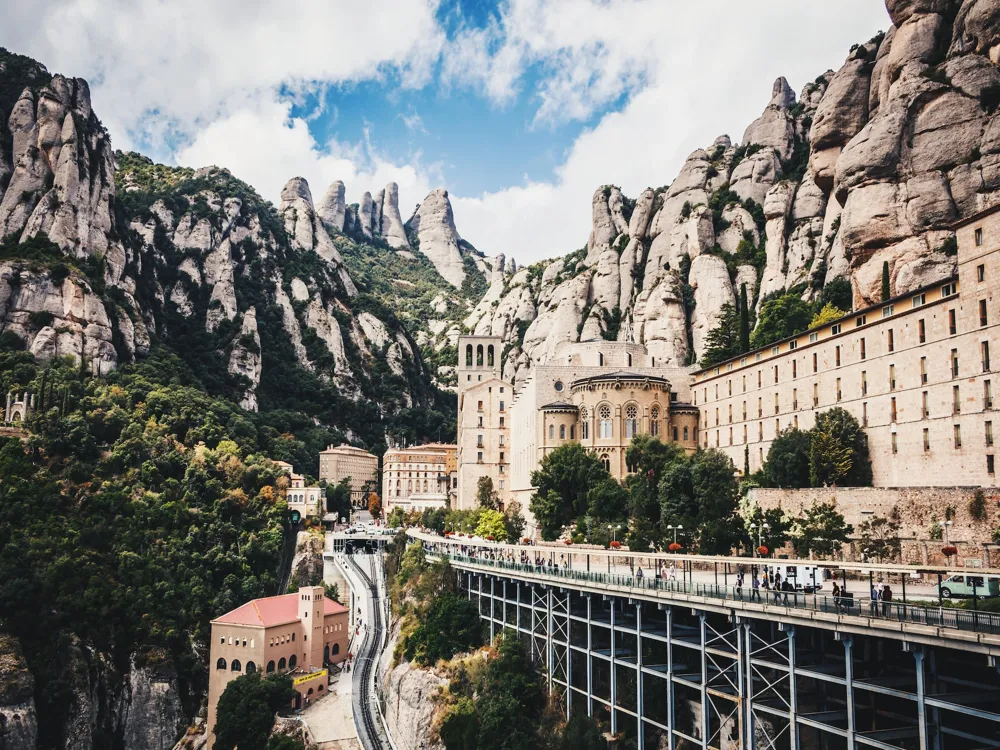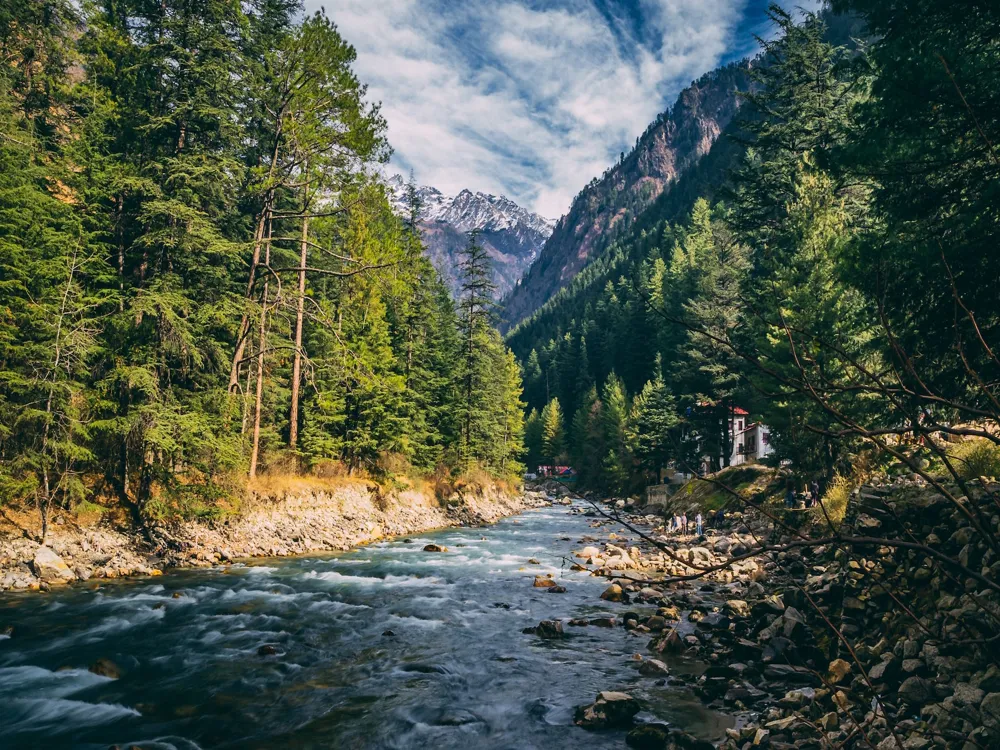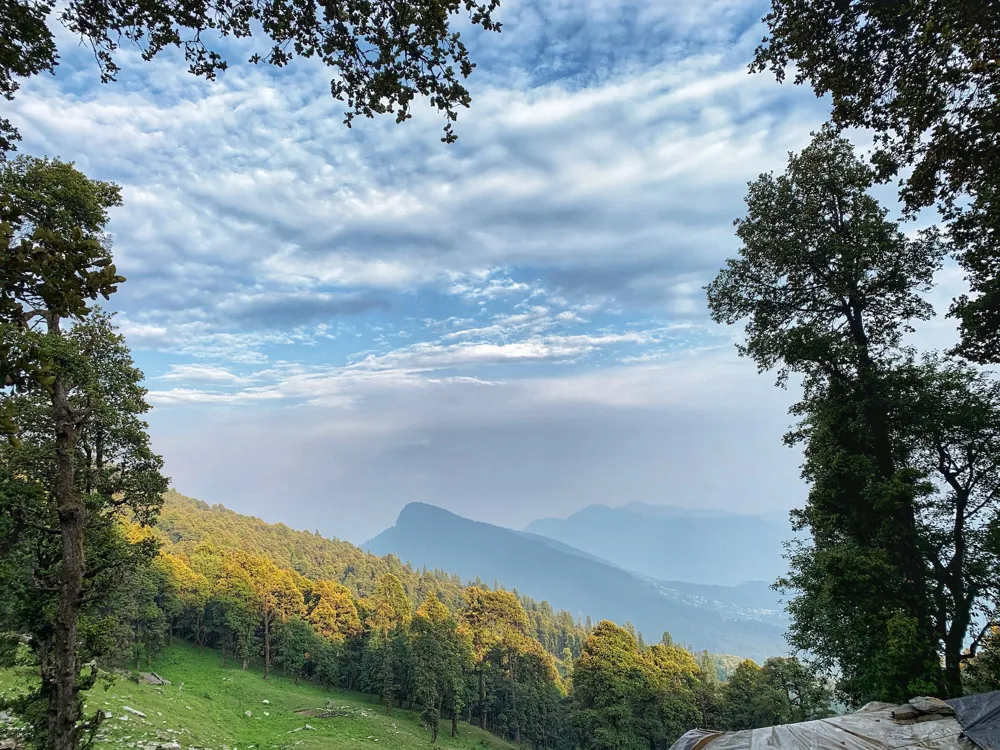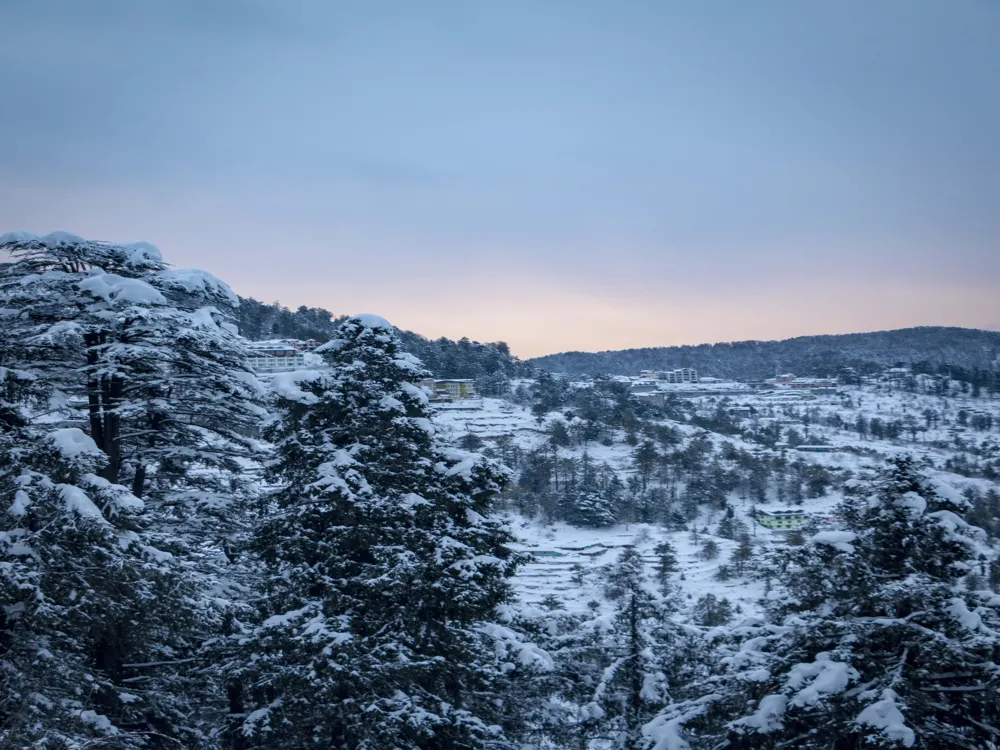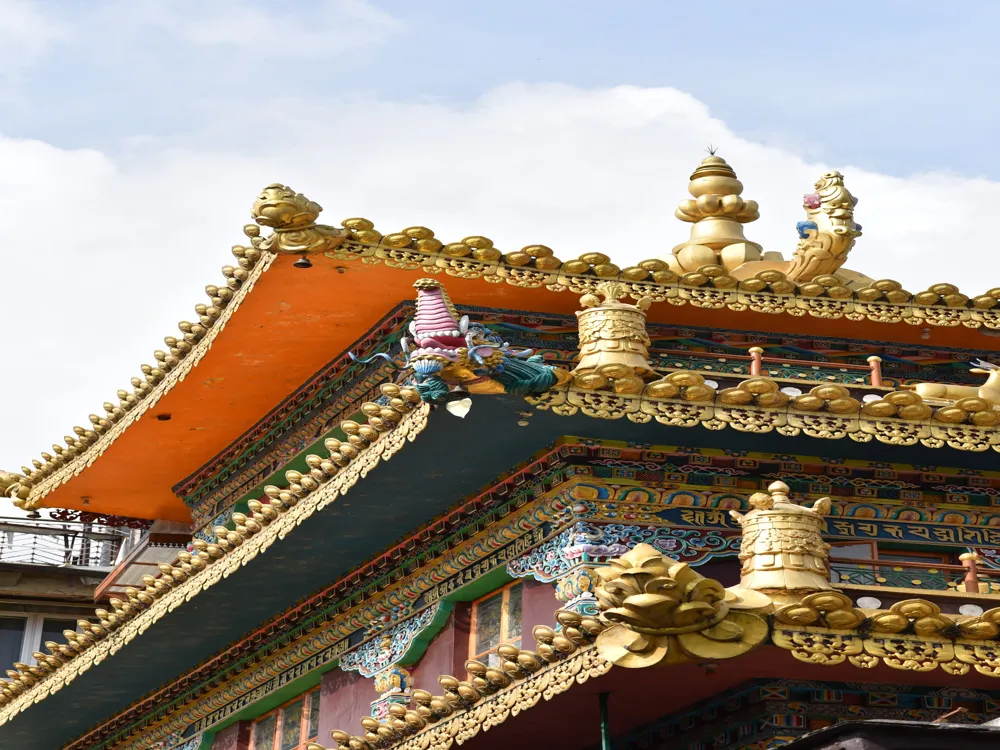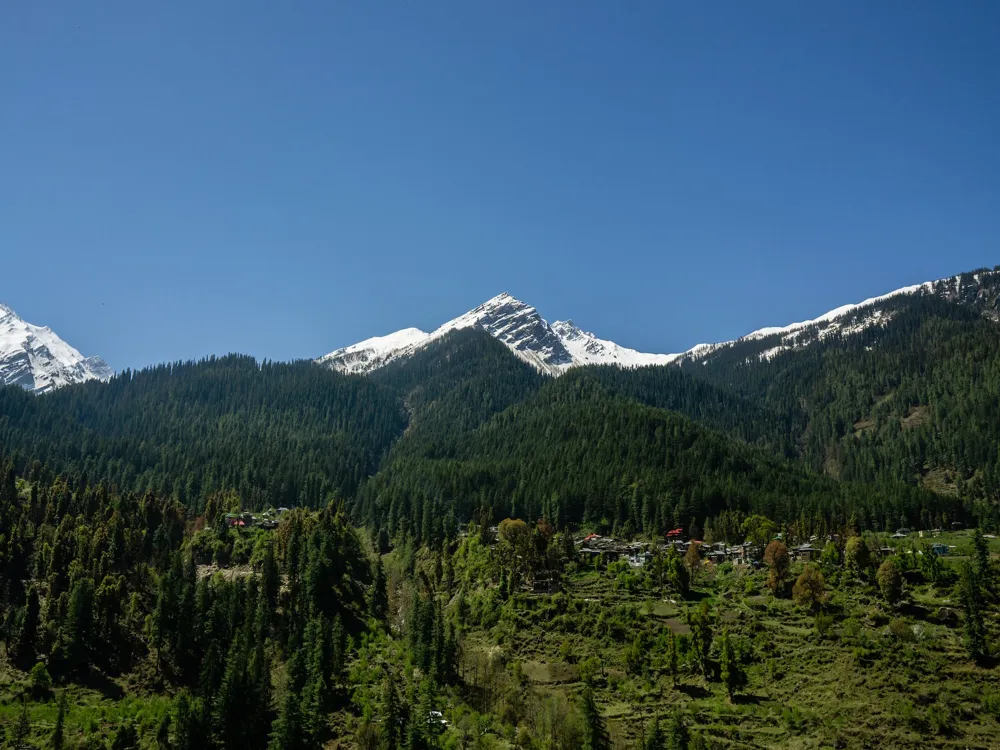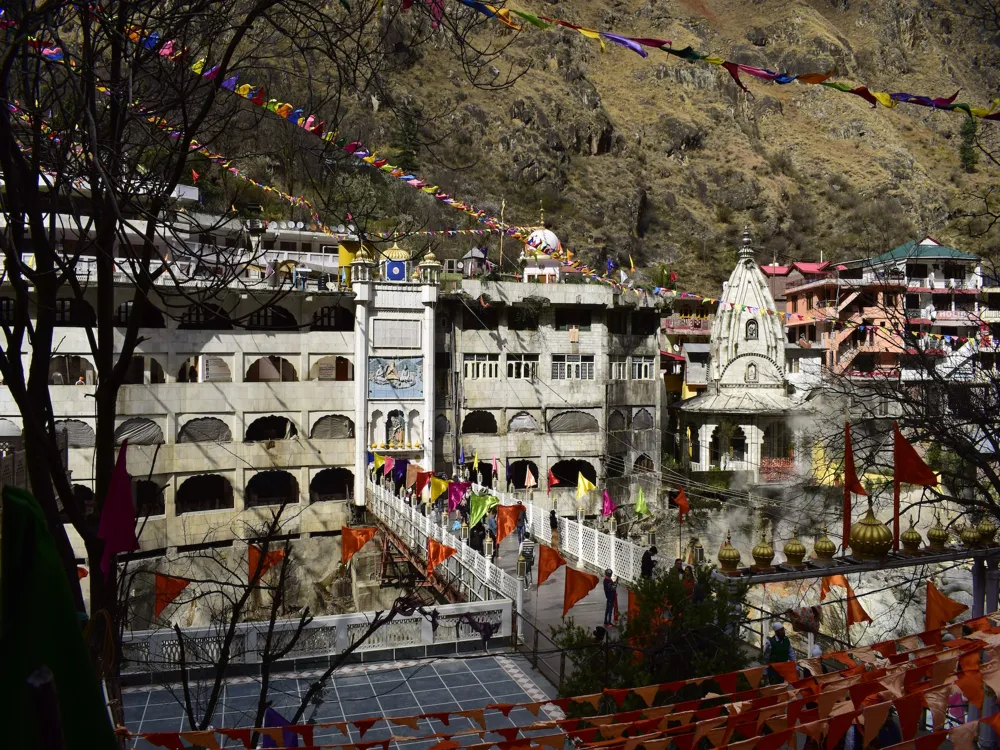Nestled in the serene valley of Naggar in Himachal Pradesh, the Jagatipatt Temple stands as a testament to the rich cultural heritage and architectural brilliance of ancient India. This temple, often overlooked in the shadow of more famous Himalayan shrines, holds a unique charm and spiritual significance. Known for its tranquil ambiance and historical importance, Jagatipatt Temple is not just a religious site but a journey into the heart of Himachal's age-old traditions and beliefs. In this comprehensive guide, we will explore the history, architecture, and spiritual relevance of this hidden gem in the Himalayas. Jagatipatt Temple, located in the quaint village of Naggar, is a revered Hindu shrine with a history that dates back several centuries. The temple, dedicated to various deities, is a central part of the local community's religious life. It's believed to house a slab of stone, known as 'Jagatipatt,' which locals venerate as a deity. According to legend, the stone slab was brought by the honeybee demigods and is imbued with divine powers. The temple's setting amidst the lush green landscapes of the Kullu Valley adds to its mystical allure, making it a must-visit destination for those seeking spiritual solace and peace. The historical significance of Jagatipatt Temple is deeply intertwined with the folklore and traditions of Himachal Pradesh. The temple's origin story, local festivals, and rituals reflect the rich tapestry of cultural and religious practices prevalent in this region. The annual fair held here is not just a religious gathering but a celebration of the Himalayan way of life, attracting devotees and tourists alike. The architectural design of Jagatipatt Temple is a splendid example of the indigenous Kath-Kuni style prevalent in the mountainous regions of Himachal Pradesh. This unique architectural style is characterized by the use of wood and stone, ingeniously interlocked without the use of nails. The temple's structure, primarily made from locally sourced wood, features intricately carved wooden panels and beams that depict various mythological themes and local deities. One of the most striking features of Jagatipatt Temple's architecture is its layered, pagoda-style roof. Made from slate sourced from the local quarries, the roof not only adds to the aesthetic beauty of the temple but also serves as a practical element, offering resilience against the harsh mountain weather. The temple's facade is adorned with elaborate wood carvings and traditional motifs, showcasing the exceptional craftsmanship of the local artisans. Inside the temple, the sanctum sanctorum houses the revered Jagatipatt stone. The inner chamber is relatively small, creating an intimate space for worship and meditation. The use of natural materials and the harmonious integration of the temple with its surrounding environment exemplify the traditional Himalayan ethos of living in sync with nature. The construction techniques used in Jagatipatt Temple are not only a reflection of the architectural ingenuity of the past but also offer insights into sustainable building practices. The use of local materials, energy-efficient design, and minimal environmental impact are principles that modern architects can learn from and incorporate into contemporary designs. When planning a visit to Jagatipatt Temple, it's important to consider the local weather conditions. The best time to visit is between April to October when the weather is pleasant. Winters in Naggar can be harsh, and the temple may be less accessible due to snow. Ensure you carry appropriate clothing to stay comfortable during your visit. As a place of religious importance, it's crucial to respect local customs and traditions. Dress modestly, remove your shoes before entering the temple, and avoid loud conversations or actions that might disturb the sanctity of the site. Photography inside the temple may be restricted, so it's advisable to seek permission before clicking pictures. Naggar is not just about the Jagatipatt Temple. The village is home to several other historical sites, including the Naggar Castle and Nicholas Roerich Art Gallery. Take time to explore these sites to get a holistic experience of the region's culture and history. Naggar offers a range of accommodation options, from budget homestays to luxury resorts. Local cafes and restaurants serve delicious Himachali cuisine, which is a must-try during your visit. Engaging with local communities and trying homemade food can be a delightful experience. Jagatipatt Temple is well-connected by road and is easily accessible from major towns in Himachal Pradesh. The nearest airport is in Bhuntar, about 32 kilometers away. From Bhuntar, you can hire a taxi or take a local bus to reach Naggar. If you are traveling by train, the nearest railway station is in Joginder Nagar, approximately 125 kilometers away. From there, buses and taxis are available to reach Naggar. For those driving from Delhi or Chandigarh, the journey to Naggar offers a scenic drive through the Himalayan foothills. Read More:Welcome to Jagatipatt Temple of Naggar, Himachal Pradesh
Overview of Jagatipatt Temple
Architecture of Jagatipatt Temple
Tips When Visiting Jagatipatt Temple
Planning Your Visit
Respecting Local Customs
Exploring the Surroundings
Staying and Dining
How To Reach Jagatipatt Temple
Jagatipatt temple
Naggar
Himachal Pradesh
₹ 5,000 onwards
View naggar Packages
Naggar Travel Packages
View All Packages For Naggar
Top Hotel Collections for Naggar

Private Pool

Luxury Hotels

5-Star Hotels

Pet Friendly
Top Hotels Near Naggar
Other Top Ranking Places In Naggar
View All Places To Visit In naggar
View naggar Packages
Naggar Travel Packages
View All Packages For Naggar
Top Hotel Collections for Naggar

Private Pool

Luxury Hotels

5-Star Hotels

Pet Friendly








